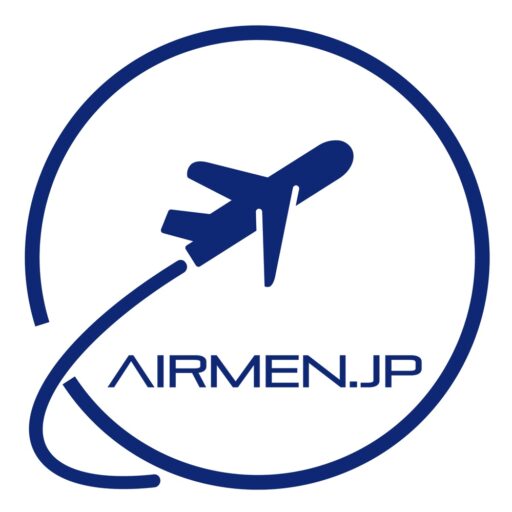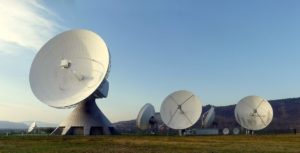125. ATC 用レーダーの性能
ATC に用いられる捜索用レーダーには、 ASR と ARSR, さらに洋上航空路用として ORSR があり、 ほぼ日本の全土 をカバーしてレーダー管制の用に供されている。
それらの性能は、 ともに距離誤差としてレーダーアンテ ナからの距離の 3% ( アンテナ付近は 500 フィート ) 以上の くい違いがないように調整されている。 これらの ATC レー ダーには、 航空機の ATC トランスポンダーと連動させて各 機の識別 ( モードA ) と高度 ( モードC ) の把握が容易にで きるようにした SSR (secondary surveillance radar) が装備され ている。 また、識別や高度情報のほかに様々な情報も入手 できるモードSに対応したレーダー施設も増えてきている。
レーダーで捉えた航空機の情報は飛行情報管理システ ム 管制情報処理部 (FDPS/flight data processing section) か らの情報と共に ARTS または RDP で一括処理され、ARTS や航空路管制卓システム(IECS/integrated enroute control system)の表示画面上に航空機の位置が高度, 速度, 便名 などと共にデジタルで表示される。 また、各サイトのレー ダーは相互に連動しており、 レーダー管制空域内では離陸 してから着陸するまで、 とぎれることなくレーダー管制が 継続できるようになっている。
125. PERFORMANCE OF A T C RADARS
Most Japanese skies are covered by ATC radars such as ASRs and ARSRs for surveillance as well as ORSRs for the oceanic segments. The accuracy of this equipment is adjusted and maintained within an admissible margin; 3 % of the distance from an antenna (500 feet in the vicinity of an antenna). These types of radar equipment are generally operated in conjunction with SSR (Secondary Surveillance Radar) equipment, which responds to an airborne interrogator in order to provide aircraft identification (Mode A) more effectively and altitude reporting signals (Mode C). Also, increasing number of radar facilities are corresponding with a more sophisticated Mode S transponder which enables to exchange various kinds of information.
The information derived from radars is processed by ARTS or RDP along with the FDPS (Flight Data Processing Section) data in order to display aircraft positions, altitude, speed and call signs on ARTS or IECS (Integrated Enroute Control System). Also, these types of radar systems are integrated as a part of the seamless nationwide radar control network which covers from takeoff to landing.












